Yeast products in the feeding of monogastric animals – what is important for their functionality
Published: February 24, 2021
By: Juhani Vuorenmaa, R&D Director
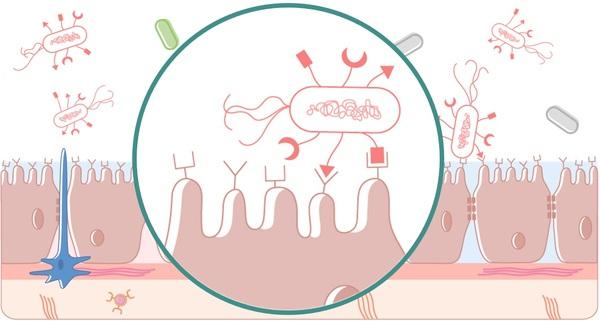
Yeast products are widely used in feeding. They can improve animal performance by reducing the growth of pathogenic bacteria and supporting immunity. Although the marketing claims are similar, the product characteristics vary a lot. Farmers and nutritionists are often wondering, how to evaluate different yeast products. Understanding the factors behind the effects of dietary yeast is crucial for the evaluation.
Specific molecular structures of yeast can prevent pathogen attachment to gut
Microbes and animals have learned to co-exist and interact during the evolutionary history of life. Biological relations between them are based on molecular interactions. Size, shape, electrical charge and other physical properties of molecules are of key importance for these interactions of ancient origin.
Intestinal pathogens like E. coli and Salmonella colonize the gut by attaching to the mucus of gut lining. The attachment is mediated by filamentous structure of the bacteria called fimbriae. When a specific E. coli or Salmonella strain finds its target area of gut, the physical structures of its fimbriae match exactly the carbohydrate structures of the intestinal mucus, just like a key matches the lock it can open.
The intestinal mucus contains the sugar mannose, or more specifically mannose-rich glycoproteins. These serve as attachment sites to so-called mannose sensitive fimbriae of some pathogens.
It is important to note that the presence of mannose as such does not determine the attachment, but the entire three-dimensional structure of the glycoprotein is crucial. E. coli and Salmonella bacteria have also so-called mannose resistant fimbriae, and they attach to other types of glycoproteins and glycolipids.
Luckily for the animal farmer, yeast cell wall contains similar carbohydrate structures, such as mannose-rich glycoproteins and N-acetylglucosamine, as the intestinal mucus. In the gut lumen, dietary yeast can provide attachment sites for the fimbriae of pathogens, thus preventing them from attaching to intestinal mucosa. However, the preparation of the yeast for this function is critical for the success.
Yeast cell wall contains mannoprotein, beta-glucan and chitin fractions (Figure 1) all arranged into a complex structure. In an intact yeast cell (live yeast, inactivated feed yeast, yeast culture products), these structures are tightly bound together and not exposed to the microbial fimbriae. It is possible to break the yeast cell wall and analyze the quantity of each chemical component such as mannose. However, the chemical composition of the product – although easy to measure – is not enough. The three-dimensional structure of the yeast cell wall compounds is needed for the attachment of bacterial fimbriae. For this reason, mannose or beta-glucan content of the yeast correlate poorly with its bacterial binding properties.
The yeast cell wall components can be opened for maximal efficacy for pathogen attachment by a controlled, optimized hydrolysis (Figure 2). Hydrolysis by acid or enzymes gives more control over the output than autolysis. After the yeast hydrolysis a major part of the water-soluble oligosaccharides (5–20 sugar units) remain in the extract fraction.
This extract fraction is removed from the so-called cell wall or MOS products, which then have a relatively high mannose and beta-glucan content but a low oligosaccharide content. Unfortunately, both pure mannose and the long, insoluble polysaccharide chains provide less binding sites to bacterial fimbriae than the oligosaccharides because the attachment sites only exist at the terminal ends of the chains.
The whole yeast hydrolysate product (Progut®) contains both the extract fraction rich in soluble oligosaccharides and the cell wall fraction. This together with an optimized hydrolysis makes a product with high number of suitable binding structures for E. coli and Salmonella (Figure 3). The whole yeast hydrolysate has shown to prevent effectively the adherence of E. coli and Salmonella to intestinal mucus in comparison to different live yeast, cell wall and yeast culture products.
Suitable molecular patterns of yeast can trigger beneficial immune responses in animals
The interaction between microbes and animals is not only determined by microbial characteristics but also by the immune system of animals. Vertebrates’ immune system recognizes pathogens entering the body and separates those from harmless molecules by the so-called pattern recognition receptors (PRRs). The PRRs recognize certain molecular structures, named as pathogen associated molecular patterns (PAMPs) of bacteria, viruses, parasites or yeasts (Figures 2 and 4).
The PAMPs in yeasts are different molecular structures of beta-glucan, mannoprotein and chitin. Recognition of the PAMPs by the receptors activates the innate immune system. Depending on the specific structure and its concentration in the gut, the activation can lead to increased immunoglobin production, higher immune cell counts or enhanced production of pro- and/or anti-inflammatory cytokines.
To be able to affect the innate immune system of the body, the PAMP’s of yeast must be available for the immune cell receptors. In an intact yeast cell (live and dead yeast, yeast culture products), these PAMP structures are bound to other molecules in the cell wall and are not easily exposed to the receptors. Just like the capacity of yeast for pathogen attachment can be increased by a controlled hydrolysis, the same method can be used to optimize the immunomodulatory capacity of yeast.
Hankkija’s whole yeast hydrolysate (Progut®) contains several immune stimulating compounds (beta-glucan, mannoprotein and chitin structures) and has increased water-solubility for better visibility to immune receptors. In a cell culture model study with dendritic cells, Progut® increased the production of IP-10 cytokine without showing any pro-inflammatory indications (Glykos Ltd. report 2015, unpublished). IP-10 is a chemo-attractant involved in the recruitment of leukocytes, such as T-lymphocytes.
Yeast hydrolysate Progut® supplementation in the starter feed significantly increased the antigen specific IgA production in vaccine-challenged calves and improved also the health and diarrhea scores of the animals (Kim et al. 2011). Activation of the IP-10 production is the likely mechanism by which the yeast hydrolysate increased the immunological capacity of the calves. Similarly, Molist et al. 2014 demonstrated that the yeast hydrolysate enhanced the immune responses of challenged piglets and improved their feed efficiency (Figure 5).
The main functions of yeast products in monogastric animals, such as prevention of bacterial adherence and immune stimulation, are based on their molecular structures. These three-dimensional structures are specific enough for the working interactions with their target receptors.
Hankkija’s yeast hydrolysate Progut® is produced by a specific hydrolysis process. Progut® is rich in the bioactive molecular structures and has been shown to be an efficient pathogen binder and immune enhancer in farm animals, thus improving their performance and well-being.
Related topics:
Authors:
Hankkija
Recommend
Comment
Share

Would you like to discuss another topic? Create a new post to engage with experts in the community.
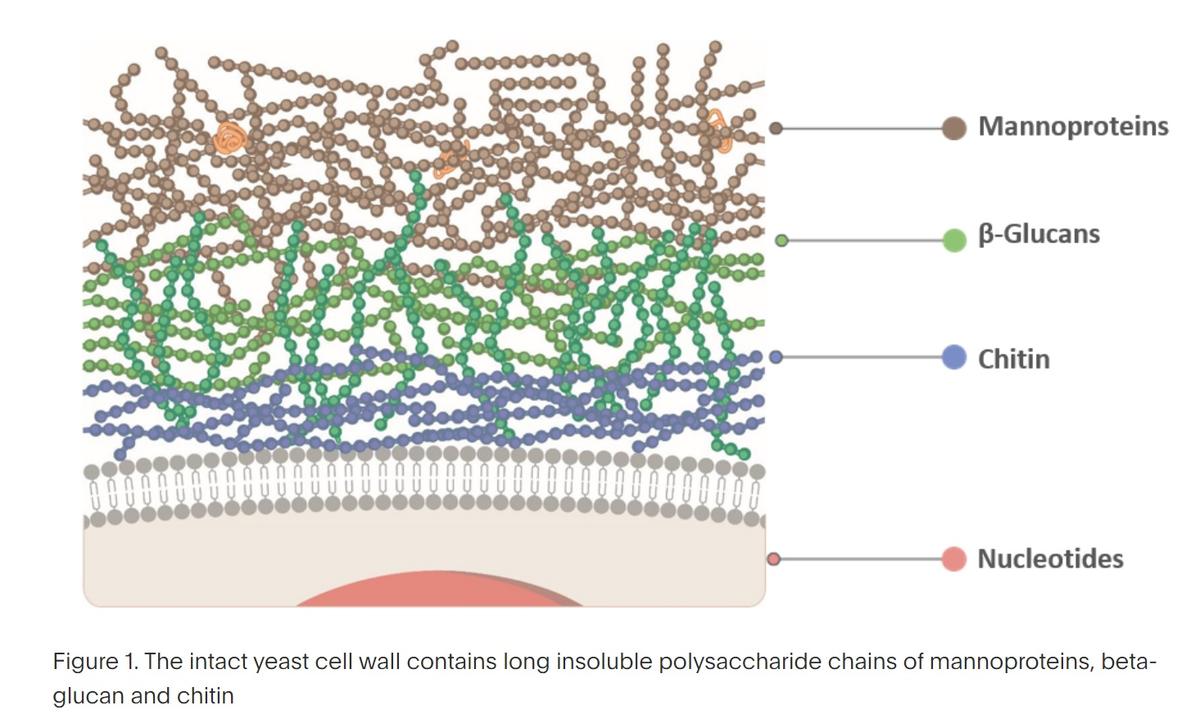
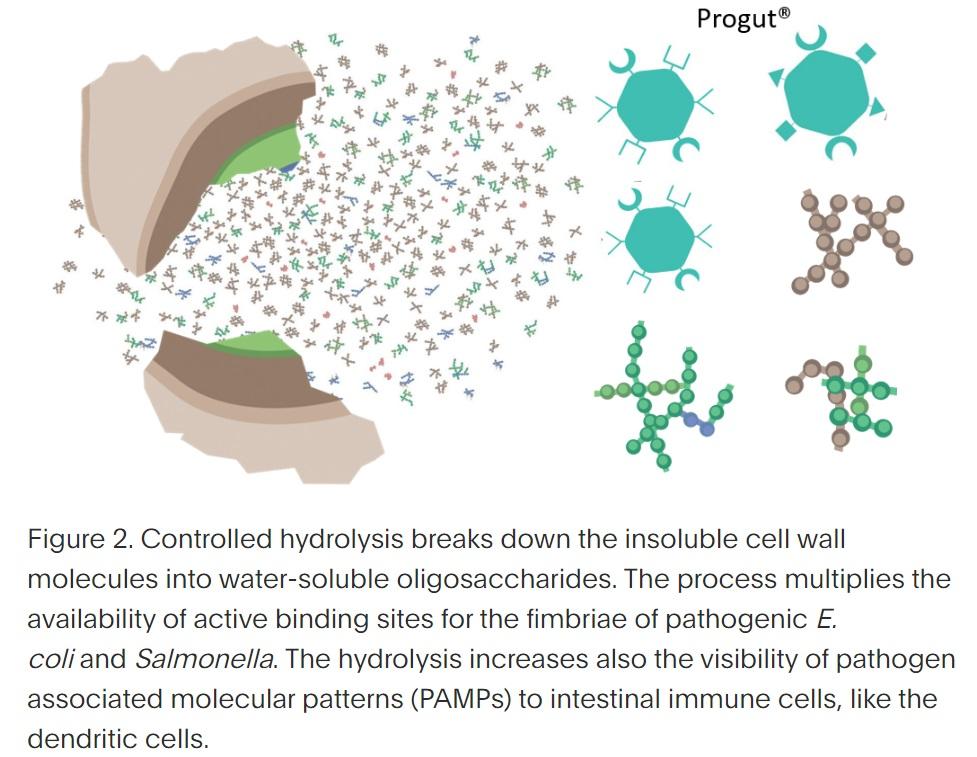
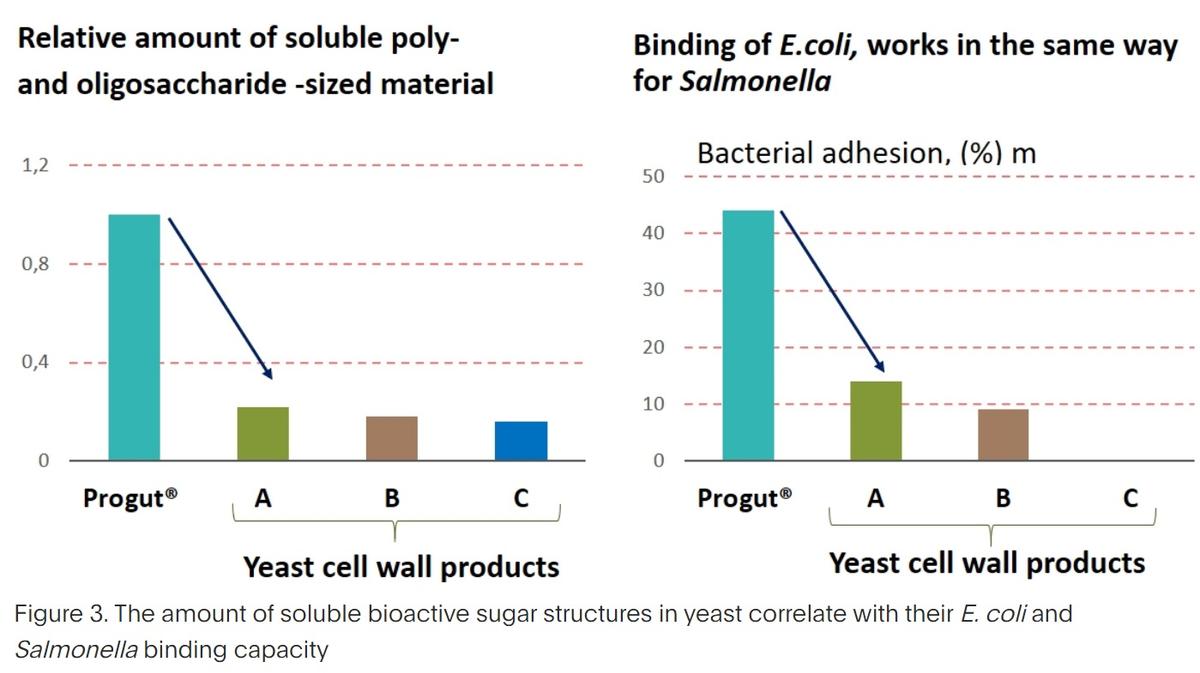
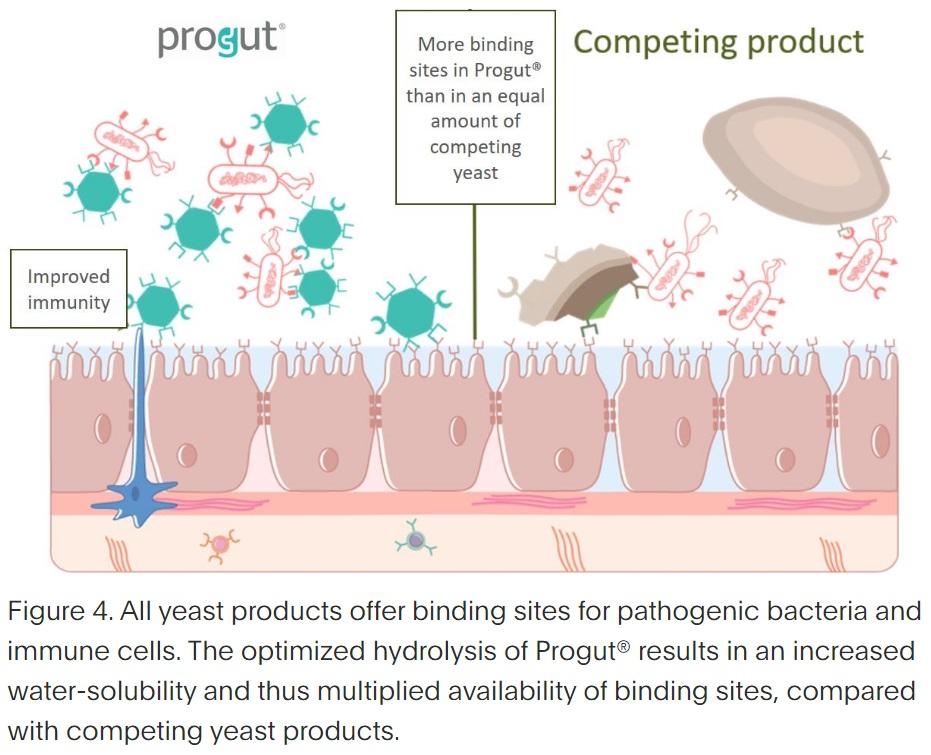









.jpg&w=3840&q=75)